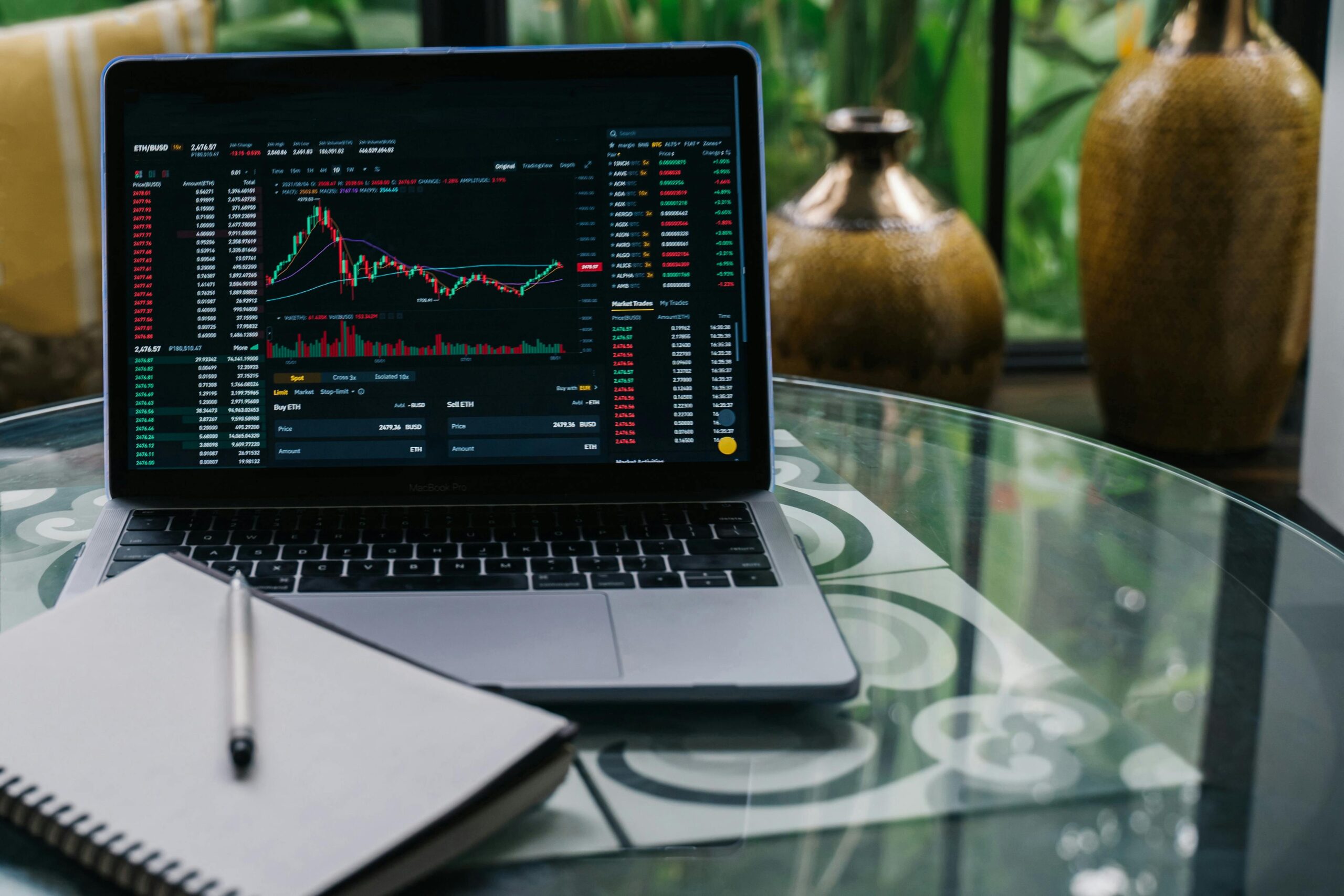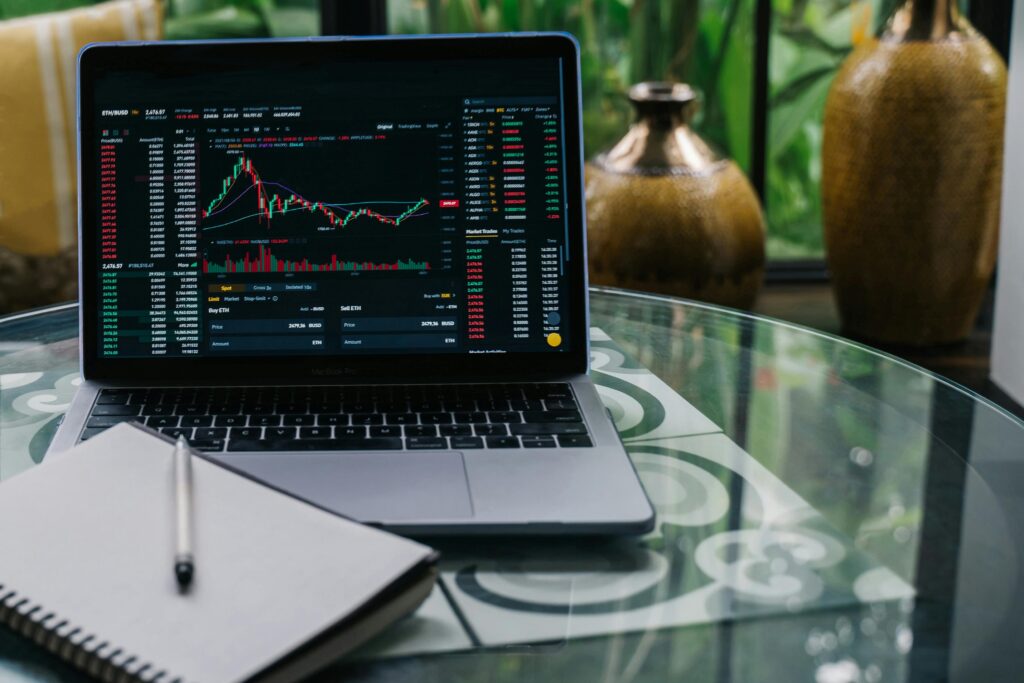
tradus para o portugues The Brazilian stock market, as represented by the Ibovespa index, demonstrated remarkable vitality this week, surging by 2.63% as of March 21, 2025. This robust performance signals not only the resilience of the market but also a renewed investor confidence amidst a backdrop of evolving economic conditions. Several factors contributed to this upward trajectory, including positive corporate earnings reports, favorable commodity prices, and a slight easing of inflationary pressures, which have historically weighed heavily on investor sentiment.
Conversely, the Brazilian real closed at R$ 5.71 against the US dollar, highlighting ongoing volatility within the currency market. This fluctuation can be attributed to a complex interplay of domestic and international influences, such as shifting interest rates, geopolitical uncertainties, and the performance of the US dollar itself. Investors are closely monitoring these dynamics, as they have significant implications for both short-term trading strategies and long-term investment decisions.
Moreover, the recent uptick in the Ibovespa could indicate a potential shift in market sentiment, as investors appear to be looking beyond immediate concerns to identify growth opportunities within Brazil’s diverse economy. As we navigate this intricate economic landscape, understanding the interplay between the stock market and currency fluctuations will be crucial for stakeholders. This week’s developments not only reflect current market conditions but also set the stage for future trends, making it essential for investors to stay informed and agile in their strategies.
Understanding the Ibovespa Index
The Ibovespa index is the benchmark stock market index in Brazil, comprising a diverse portfolio of the most traded stocks on B3, the Brazilian stock exchange. The index is widely regarded as a barometer of the Brazilian economy’s health and investor sentiment. The recent rise of 2.63% indicates a robust performance, with several sectors contributing to this upward trend.
Key Factors Influencing the Ibovespa’s Performance
- Positive Corporate Earnings Reports: One of the primary drivers behind the Ibovespa’s rise this week was the release of several positive corporate earnings reports. Major companies in sectors such as finance, consumer goods, and energy reported better-than-expected profits, which boosted investor confidence. For instance, financial institutions showcased strong results due to increased lending activities and favorable interest rates.
- Global Market Trends: The international economic environment also played a significant role in the Ibovespa’s performance. As global markets showed signs of recovery, particularly in developed economies, Brazilian investors felt optimistic. The synchronization of global growth trends typically encourages investment in emerging markets like Brazil.
- Commodity Prices: Brazil is a major exporter of commodities, and fluctuations in global commodity prices can significantly affect its stock market. This week, the prices of key commodities such as iron ore and soybeans saw an uptick, positively impacting related stocks on the B3. Higher commodity prices generally lead to improved revenues for exporting companies, thereby boosting their stock valuations.
- Monetary Policy and Economic Indicators: The Central Bank of Brazil’s monetary policy continues to influence market sentiment. Recent statements from the central bank indicated a cautious approach to interest rate adjustments, aiming to balance inflation control with economic growth. This approach reassured investors, leading to increased activity in the stock market.
- Political Stability: The current political climate in Brazil has also contributed to the positive sentiment in the stock market. Political stability, coupled with reforms aimed at improving the business environment, has attracted both domestic and international investors, further supporting the Ibovespa’s ascent.
The Dollar’s Performance Against the Real
On the currency front, the Brazilian real closed at R$ 5.71 against the US dollar on the same day. The exchange rate reflects a complex interplay of local and global economic factors, including trade balances, interest rates, and geopolitical developments.
- US Economic Data: The performance of the dollar is heavily influenced by economic indicators from the United States. This week, the release of robust economic data from the US, including lower unemployment rates and stronger-than-expected GDP growth, led to a stronger dollar. As the US economy shows signs of resilience, particularly post-pandemic, demand for the dollar increases, impacting emerging market currencies like the real.
- Inflationary Pressures: Inflation continues to be a concern for both Brazil and the US. The Brazilian Central Bank’s efforts to control inflation through interest rate adjustments are critical in determining the real’s value. If inflation remains high, it could lead to further depreciation of the real against the dollar, as investors may seek safer assets.
- Investor Sentiment: Market sentiment also plays a significant role in currency valuation. In times of uncertainty, investors tend to flock to the dollar as a safe-haven currency. As global geopolitical tensions fluctuate, the demand for the dollar can rise, impacting the exchange rate with the real.
- Trade Dynamics: Brazil’s trade dynamics with the US and other countries also influence the currency exchange rate. A favorable trade balance can strengthen the real, while trade deficits may lead to depreciation. This week, Brazil reported an increase in exports, which may have positively influenced the real’s performance.
Conclusion
The Brazilian financial markets showcased resilience this week, with the Ibovespa rising by 2.63% and the dollar closing at R$ 5.71. Positive corporate earnings, favorable global market conditions, and a stable political environment contributed to the stock market’s upward trajectory. Conversely, the dollar’s strength against the real reflects broader economic trends, including US economic performance and inflationary pressures.
As investors look ahead, it will be crucial to monitor these factors closely, as they will continue to shape the landscape of Brazilian financial markets in the coming weeks. Understanding these dynamics will be essential for making informed investment decisions and navigating the complexities of the global economy.
